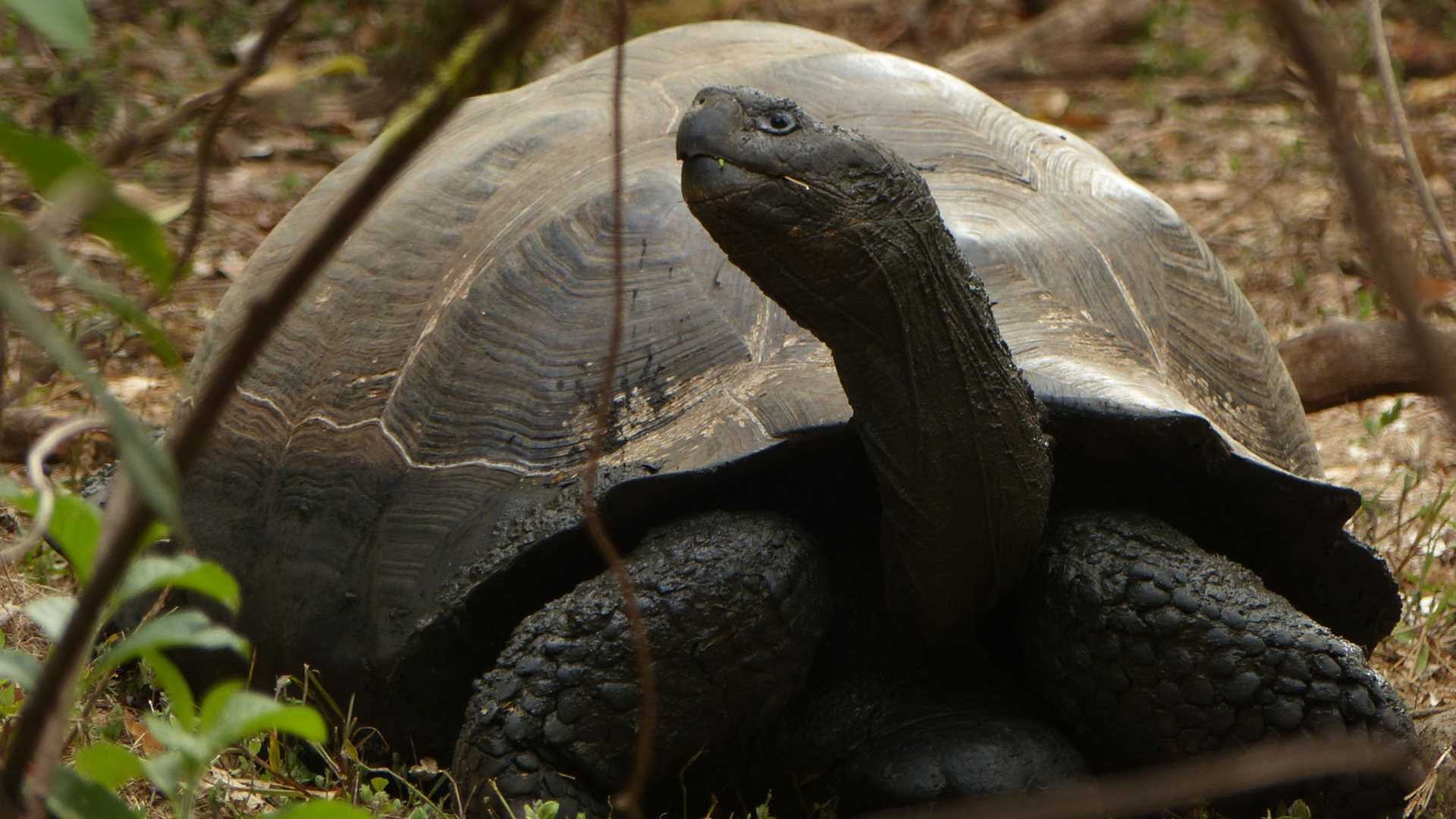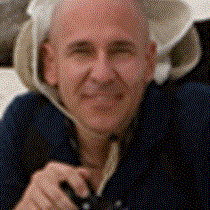It was seven in the morning and I was ready to venture out for another expedition in the Galapagos. This time the National Geographic Endeavour repositioned to Academy Bay, Santa Cruz Island. Some 20,000 people call this island “home”, including myself. There are cars, buildings and people—we were back to civilization.
After a dry landing at the docks, we boarded the buses that took us to the Fausto Llerena Breeding Center. This is a program that started back in 1965, and its main goal is to restore the population of giant tortoises on different islands in the Galapagos by breeding and rearing tortoises in captivity. Tortoises were highly affected by humans during the 18th and 19th century. Some species of tortoises were brought to the brink of extinction, and some others were even pushed over the edge. During the walk my guests were able to meet the famous “Super Diego”, a male tortoise that was able to produce more than a thousand babies himself and saved an entire species from Espanola Island. It was a good opportunity to explain the importance of conservation and how the Galapagos National Park Service is working to achieve its goals.
After our visit to the Breeding Center, our guests had the opportunity to get immersed in a local environment and to explore Puerto Ayora on their own. It was also a good opportunity for them to do some shopping and to see the daily life of the locals.
We met back at eleven and boarded our buses to head off to the highlands of Santa Cruz. As we reached the humid zone, we witnessed for the very first time, a “lush Galapagos”. It was very different from what we’ve seen over the last few days. We stopped by a local farm known as El Trapiche, a Spanish word for sugar mill. The owner of the place grows coffee and sugar cane. Our guests learned how sugar cane can be turned into almost everything: juice, brown sugar, molasses and of course moonshine, which everybody seemed to enjoy the most. Coffee is also an important product that they harvest. It was interesting to see how all these products were processed back in the past, especially before electricity was available in the Galapagos.
We then headed to a tortoise reserve called El Manzanillo. Everybody was excited to see the giant tortoises in their natural habitat. This is a place where tortoises come to rest, and they often spend several weeks and even months around this area, where they can easily access food, water and shade. We had the opportunity to see some big males cooling down in natural fresh water ponds. Darwin mentioned seeing tortoises so big and heavy that it took about six to eight men to lift one of these giants off the ground.
After the excursion, we went back to town, where we loaded into our Zodiacs and headed to the ship. Everybody was talking about the amazing day that we just had, and showing each other the coffee bags and bottles of moonshine that they bought. As we reached the National Geographic Endeavour, Santa Cruz gave us a farewell present; a beautiful sunset and cattle egrets migrating back to the mangrove thicket. It was time for the birds, and for us, to get some rest. We couldn’t have asked for a better day.









